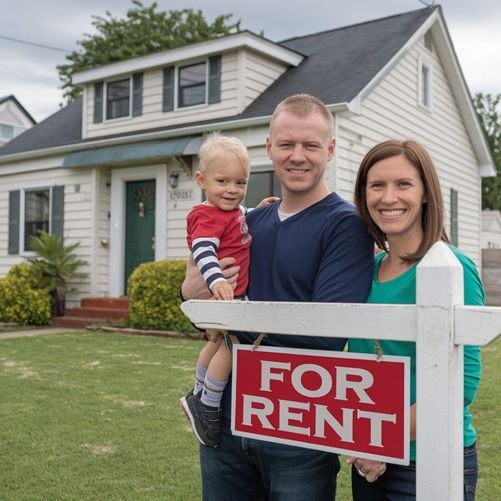The single-family rental sector is in growth mode as the build-to-rent industry capitalizes on people’s desire to have the benefits of homeownership without the responsibilities.
According to a recent report from Point2Homes using Yardi Matrix data, the BTR industry hit a new all-time high in 2024. In contrast to the 6,000 and 7,000 units annually that were coming online in the years prior to the pandemic, the 39,000 rental homes that were finished last year represent a 15.5% rise over 2023.
It is predicted that another 109,898 single-family homes for rent are currently in different stages of development across the country.
Joel Efosa, founder of Fire Cash Buyer, said key drivers of BTR growth are current mortgage rates, a growing preference for flexible living arrangements without maintenance responsibilities, increased demand for suburban living with amenities typically found in luxury apartments, and institutional investors seeking stable returns in residential real estate.
“The markets in highest demand are Sun Belt states (Florida, Texas, Arizona) due to population growth and job opportunities, secondary markets with strong job markets and a lower cost of living, and suburban areas near major metropolitan centers,” said Efosa.
He noted current industry challenges are rising construction costs and material prices, land acquisition in desirable locations, competition from traditional homebuilders and multifamily developers, navigating local zoning regulations, and community resistance.
Randall Yates, co-founder of VA Loan Network based in San Antonio, TX, said the BTR boom is fueled by affordability shortages delaying homeownership for many Americans.
“With levels of mortgages elevated and stock of resale thin, households that might have bought in 2019 are now renting through necessity but craving space, quiet, and neighborliness, not a box flat,” said Yates. “Intelligent BTR builders have taken this and created homes with adaptable floor plans, HOA-style amenities, and professionally run communities.”
Yates said the best operators are not necessarily the largest — they are the ones who have mastered local permitting politics and can scale their buildings without chasing luxury finishes that exceed renters’ willingness to pay.
Andreis Bergeron, VP of sales at Awning.com, said investors are considering alternative models such as BTR because of economic constraints on homeownership, while rental demand is being driven by changing lifestyles and flexible working environments.
“Current trends suggest that markets with strong job growth and demographic change — most notably the Sun Belt and other emerging secondary urban areas — sit squarely at the top of the demand curve for build-to-rent homes,” said Bergeron. “Factors such as low land costs, responsive local government, and construction trends leading to greater levels of habitation make these areas attractive to renters and investors alike.”
Bergeron said with solid market momentum behind build-to-rent currently, long-term sustainability in the space will center around innovation and a relentless focus on tenant experience. Awning helps individuals analyze, renovate, and manage short-term rentals.
“Companies that can navigate these changing waters and leverage a growing range of technologies — not just protect themselves against potential pitfalls — but turn hurdles into strategic opportunities. Looking back on an illustration of how real-time data analytics transformed our investment strategy, a forward-thinking attitude is essential in remaining growth-oriented in the BTR sector,” said Bergeron.
How useful was this article ?
Click on a star to rate it!
Average rating 0 / 5. Vote count: 0
No votes so far! Be the first to rate this post.
We are sorry that this post was not too useful for you!
Let us improve this post!
Tell us how we can improve this post?















